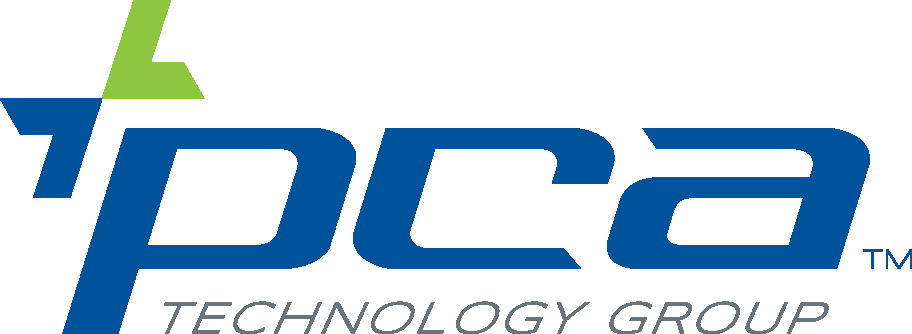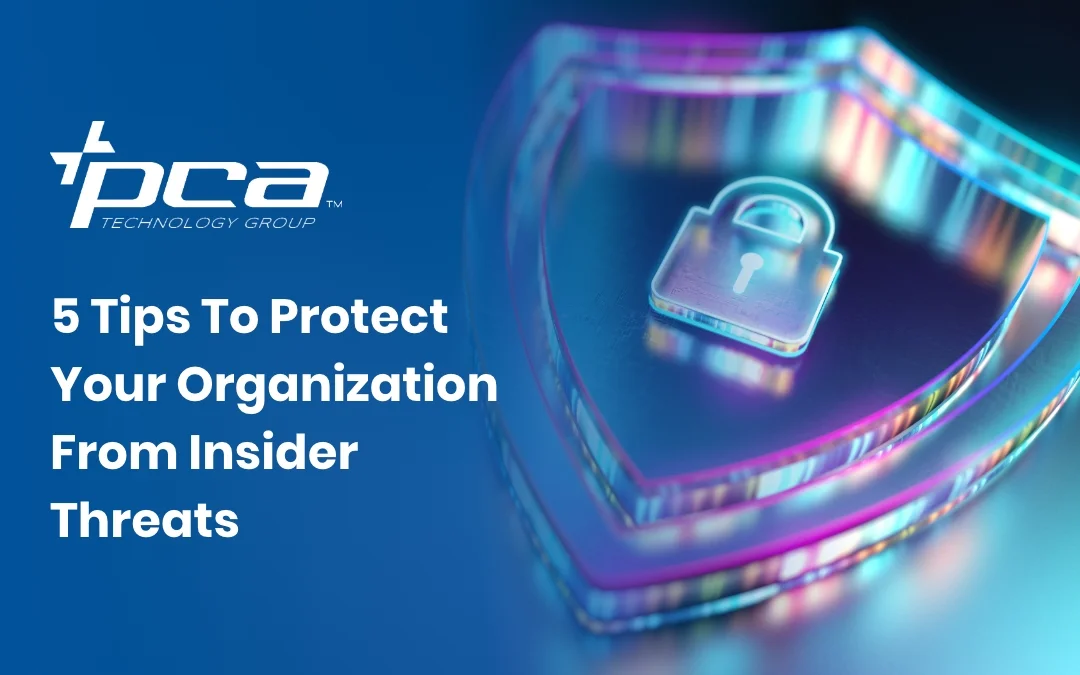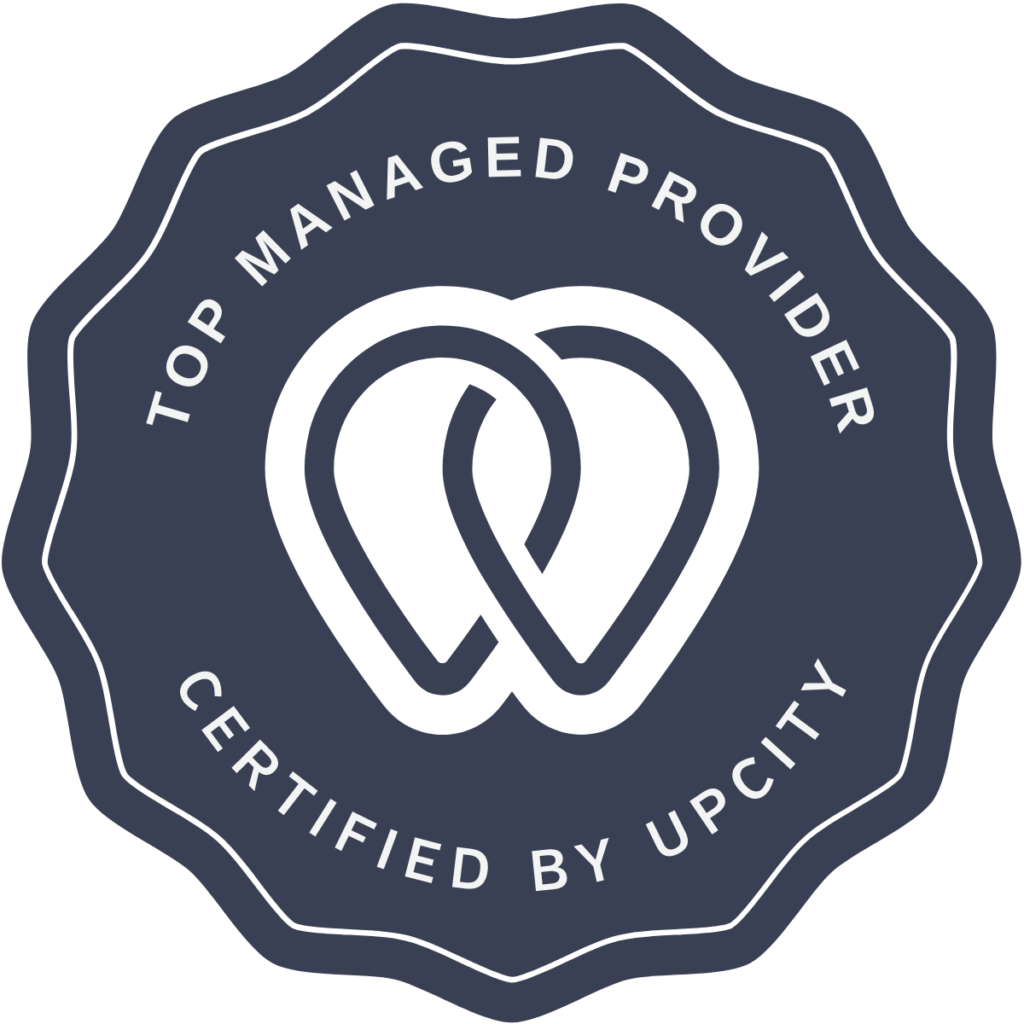When you think of threats to your data security, you may imagine cybercriminals hacking through your defenses to steal your data. But the reality is that your employees or others in your organization are responsible for most attacks. These “insider threats” are in many ways more dangerous, because these people are supposedly trusted and can bypass protections to access sensitive data.
Today, we’ll talk about what an insider threat is and tips you can follow to protect your organization from them.
What is an insider threat?
An insider threat is a risk posed by someone with access to or knowledge of your vital systems and data. There are two types of insider threats: intentional and unintentional.
Intentional
An intentional, or malicious, insider threat is someone in your organization who wishes to harm by destroying or stealing data. They might do this because:
- They hold a grudge against your organization and want revenge, usually because they believe they have been mistreated or because they have been laid off.
- They are being blackmailed or extorted by an outside party.
- They seek to gain financially from stealing your data.
Unintentional
In most insider threat cases, though, the perpetrator is simply careless or reckless, inadvertently letting bad actors or malware into your systems by doing any of the following:
- Falling for a phishing scam and revealing login credentials
- Clicking on a malicious link in an email or a fraudulent site and installing malware
- Losing unsecured devices such as laptops, phones, or storage devices, or just leaving them in the open in places they shouldn’t
Tips to protect your business from insider threats
Here are some policies and tools you can implement to reduce the risk of insider threats:
Strong access controls
Adopt the principle of least privilege, which means granting employees access to only the data and systems necessary to perform their job functions. This way, if an employee has their login credentials stolen or tries to intentionally harm your business, their restricted access will limit any damage.
Also, you should mandate multifactor authentication for accessing sensitive systems and data. This extra layer of security requires more than one form of verification before granting access such as a fingerprint or an authenticator code. If a bad actor steals an unsuspecting employee’s password, they still won’t be able to access your data.
Continuous user monitoring
Implement continuous monitoring of user activities to detect unusual or suspicious behavior that could indicate an insider threat. Ensure your critical systems log user activities, including login attempts, file access, and administrative actions. You should also regularly audit these logs to identify patterns or anomalies that may suggest malicious or unsafe activity.
Fortunately, you can easily monitor user activity with automated software tools. You can also set up automated alerts for unusual activities, such as large data transfer, access outside normal working hours, or multiple failed login attempts.
Security-conscious organization culture
Your best defense against insider threats is ensuring they don’t exist in the first place by fostering a culture of vigilance in your organization. To do this:
- Conduct regular security awareness training to educate employees on the risks associated with insider threats.
- Develop and document clear security policies on data handling and incident reporting.
- Create an environment where employees feel comfortable reporting potential security issues without fear of retaliation.
- Bring in cybersecurity consultants for up-to-date, professional security training.
Thorough employee vetting and exit procedures
Background checks on potential employees, contractors, and partners can identify any red flags that could indicate a higher risk of insider threat. Make sure you know who you are letting into your systems, and look beyond the resume to better understand the risk new hires might pose.
At the other end, when an employee leaves your organization:
- Immediately revoke all access to systems, data, and physical premises.
- Recover all company assets, including laptops, mobile devices, and access cards.
- Conduct an exit interview to identify any potential security concerns and gather feedback on security policies.
Partnership with a reliable cybersecurity services provider
Cybercriminals are always working to find new ways to exploit insider threats, so these threats are constantly evolving. If your New York business is struggling to minimize the risk of insider threats, partner with PCA Technology Group.
We’re a managed IT services provider that’s been helping clients in Buffalo and across the state protect their technology assets from the latest cybersecurity threats for over 35 years. We can provide the cutting-edge tools and expert training needed to secure your data against threats from both outside and inside your organization.


